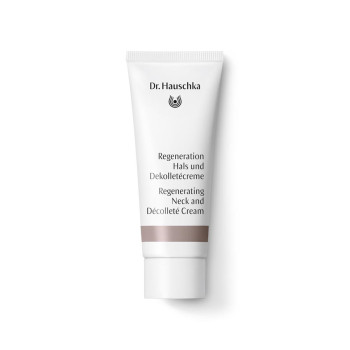
Argan Tree
Synonyms: Moroccan ironwood
Scientific Name: Argania spinosa
Family: Sapotaceae (Sapodilla Family)
Habitat
South western Morocco between Essaouira and Agadir
Constituents
South western Morocco between Essaouira and Agadir
Description
What is more surprising: a goat in a tree or a tree in the desert? The mighty argan tree manages to combine both spectacles. This survival artist of the Moroccan desert collects water in its leaves, making them a delicacy for thirsty goats. Most of the year the tree, whose crown can reach a diameter of up to 14 metres (40 feet), shows little or no growth but during the rainy period it comes to life, hastily producing abundant growth of leaves, flowers and fruits. However, it is another two years before the olive-like yellow fruits ripen - not long considering that the tree can reach an age of up to 200 years. Inside the fruit is a large nut about 3 cm in diameter. This in turn contains between one and three drop-shaped seeds or kernels which are smaller than sunflower seeds but rich in a valuable oil.
Interesting Facts
The argan tree is one of the oldest trees on earth. It is believed to have grown over 80 million years ago in south Morocco. The first written record is in the writings of the famous physician Ibn Al Baytar in the year 1219. Today Berber women still obtain argan oil by an ancient process. After the harvest from July to September the fruits are dried in the open air. A stone is then used to crack open the hard nuts and obtain the kernels. These are roasted over an open fire and ground to a pulp in a hand-driven stone mill. This is mixed with water to form a paste which the women then knead by hand to extract the argan oil. The dried fruit pulp and the press cake left after extraction of the oil are fed to cows and sheep.
Because of its intensive use as forage for goats and camels and as firewood the argan tree population was over-exploited - old trees died and no new trees grew to replace them - so that there was nothing left to prevent desertification and soil erosion. In 1998 the UNESCO therefore declared the argan region - the Arganeraie - a biosphere reserve. Since 1995 the GTZ (German Association for Technical Cooperation), commissioned by the Federal Ministry for Economic Cooperation, has been engaged in reafforestation of the argan woodlands. A subproject within the biosphere reserve are women's cooperatives whose existence is based on the production and marketing of argan oil.
The plant in our products
Argan oil cares for the delicate skin, making it smooth and protecting it from drying out. It is found in:

